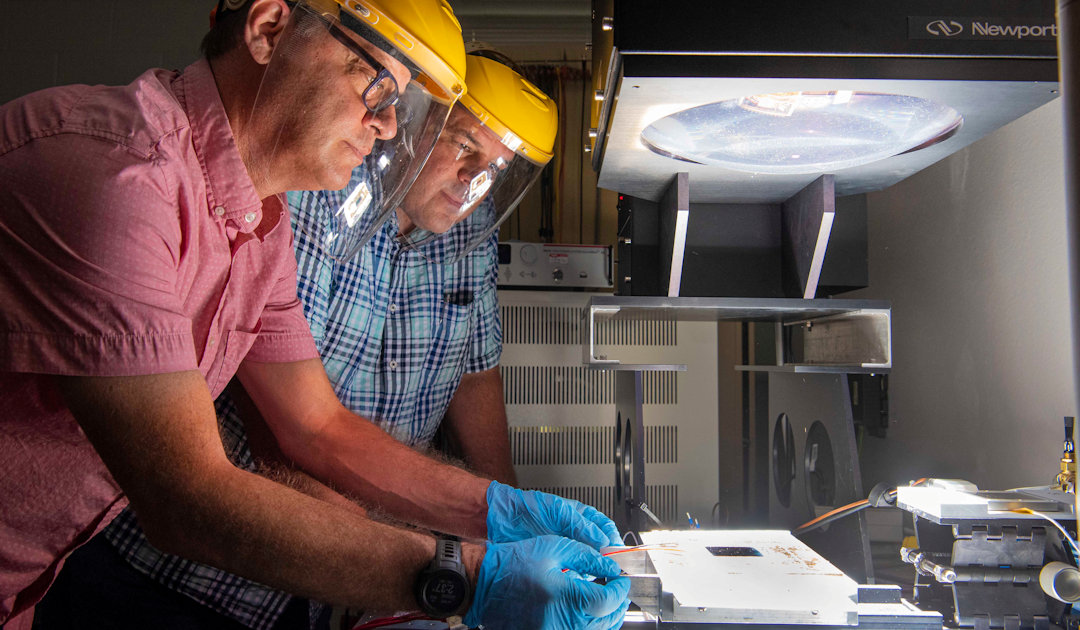
Finding solutions for a more sustainable energy policy is also a big issue in the Arctic regions. After all, it is these areas that are most affected by the effects of global warming, which is also the result of past energy practices. However, the prevailing environmental conditions limit the use of renewable energy plants. A U.S. company wants to change this in the field of solar energy and has now built a test facility in the far north of Alaska.
An inconspicuous container with several photovoltaic systems on the roof and filled with numerous measuring instruments inside is intended to help bring about an energy turnaround in the Arctic. The container is located at one of the northernmost regions of Alaska, at Oliktok Point on Prudhoe Bay, in the heart of the U.S. oil-producing region in the Arctic. Refining, pipelines are located here as well as part of the North American early warning system against attacks on the continent from the north. Temperatures sometimes drop to -30°C and the polar night also ensures long periods of darkness here. Ergo, just the place to test a solar system and learn more about the performance and efficiency of solar cells and energy storage and the effects of extreme environmental conditions on the materials. That’s because there are far too few such field tests, according to Sandia Labs, the U.S. company that oversees the facility. “Oliktok Point is a very environmentally relevant field site — it checks all the boxes,” says Andrew Glen, Sandia Labs’ Atmospheric Science manager. “We go from permanent ice through the winter, with permafrost, to the sea ice breaking up, to open water and a melt season where the ground softens and turns to mud.”
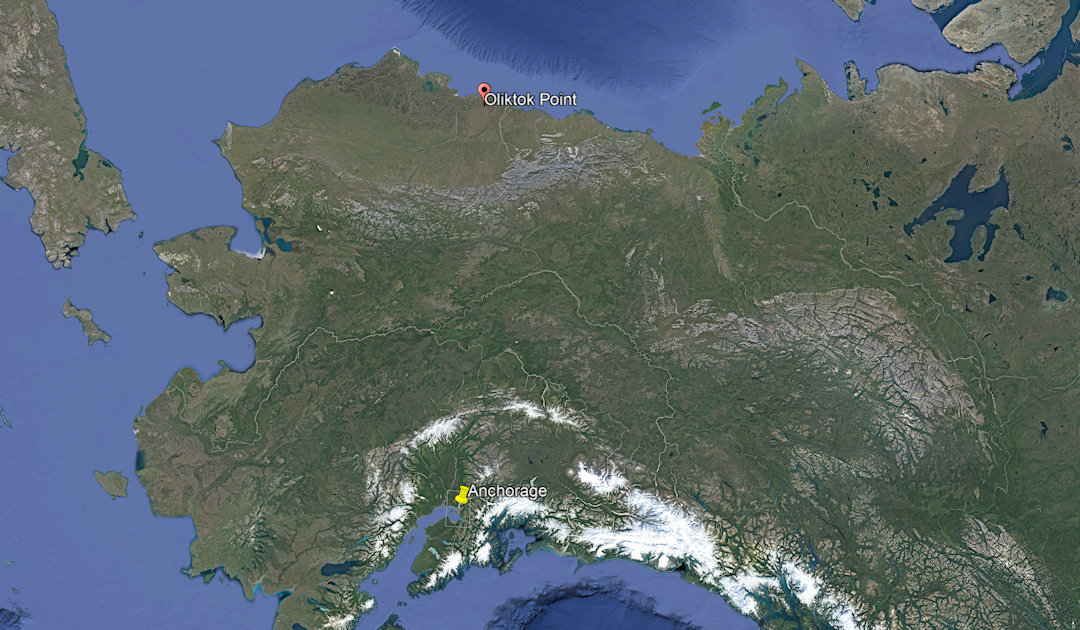
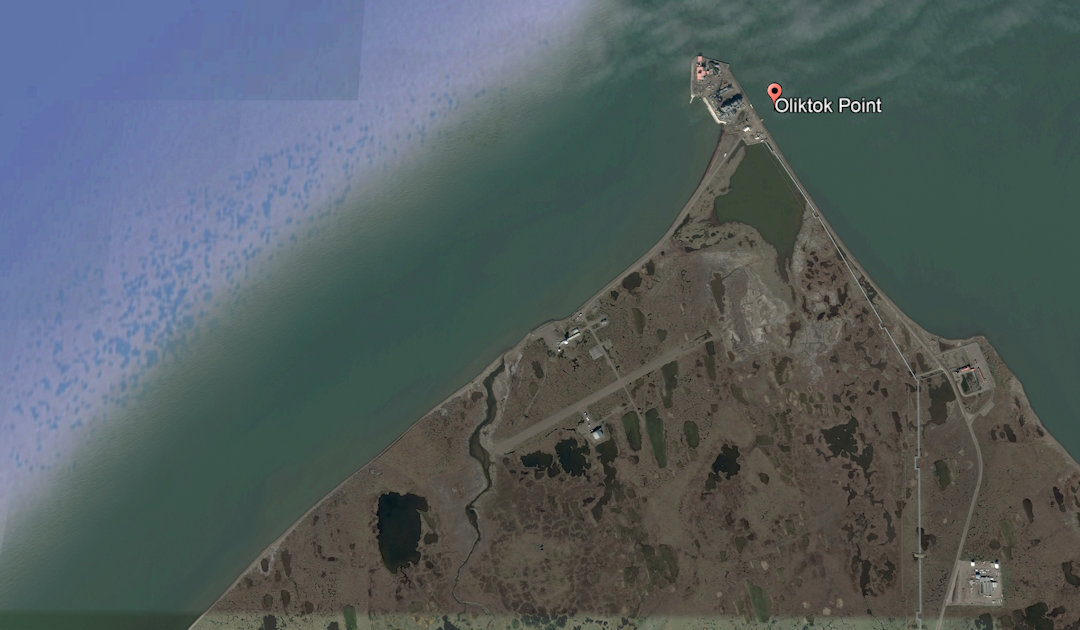
Actually, Arctic regions would be an ideal place to rely on solar energy, because the higher north you go, the longer the days and thus the amount of sunlight. And in the meantime, current solar systems are quite capable of capturing incident light and converting it into electricity even when the sky is overcast. After all, on any given day on Earth, about 70 percent of the sky is covered with clouds. However, extreme weather conditions such as cold, snow and ice, strong winds and, last but not least, the long dark period starting in autumn, which lasts up to four months in the inhabited regions of the Arctic, are not conducive to the use of most arrays. “Not only are you seeing unique science — like the clouds do really different things up there — but also, it’s a very tough environment,” says Mark Ivey, Sandia Labs’ senior engineer for Geoscience research and applications. “It’s a marine environment. You’re going to have salty conditions and corrosion conditions. And it’s Arctic, of course, so in that regard, it may be a little tougher. “
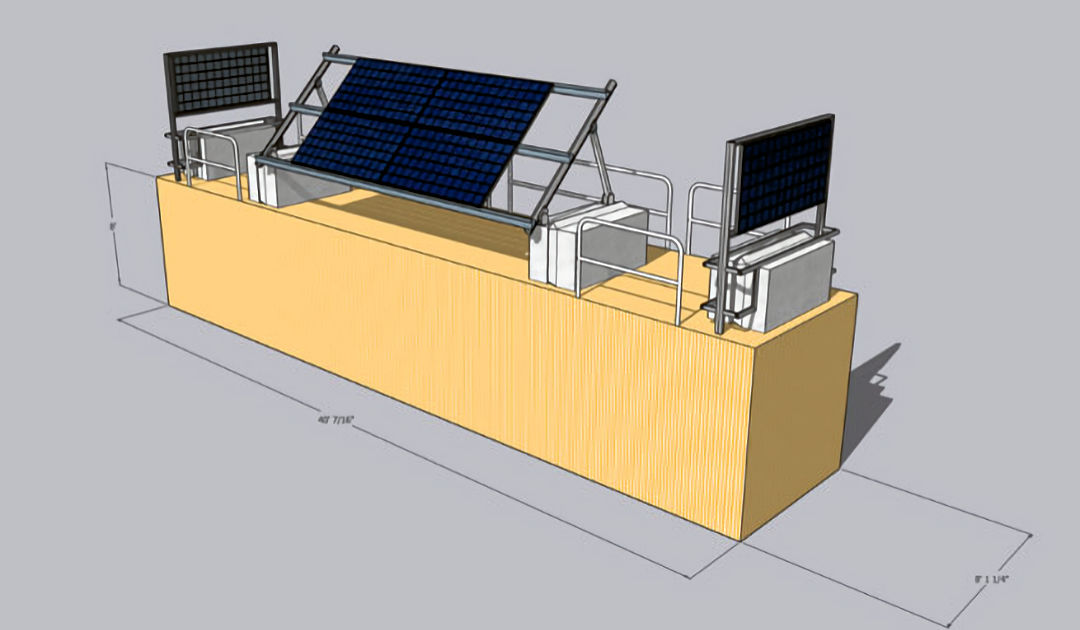
That’s why Sandia Labs wants to study how to improve the performance of solar cells and battery storage. The Oliktok Point facility consists of double-sided solar panels, allowing it to produce between 15 and 50 percent more energy. This is especially true on sunny days in winter, when the snow also provides light by reflection in addition to normal irradiation. The system could then align the modules so that a maximum input of light can be used for electricity production. “Learning about edge cases like Oliktok Point helps inform conventional system design and may identify opportunities to increase energy harvest that might not otherwise be considered.,” believes Bruce King, the head of the photovoltaics group at Sandia Labs. “This can be especially important for facilities in other geographic areas that are also less than optimal.”
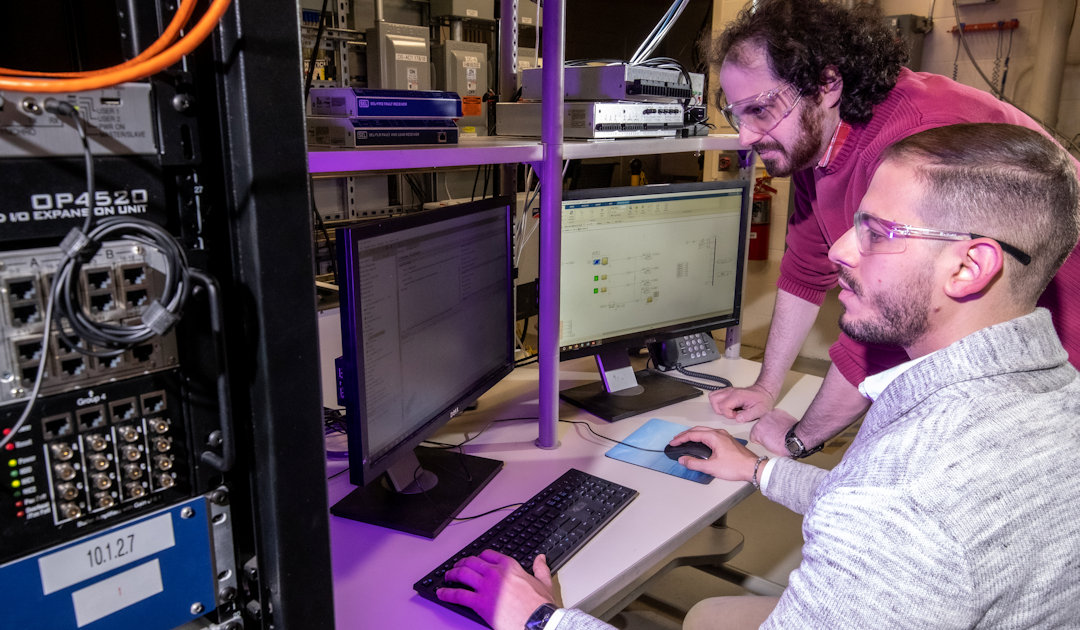
By other areas, Bruce King doesn’t just mean the polar regions on Earth. NASA’s planned South Pole station on the moon also requires energy. And this is also to be supplied by solar cells. Because extreme conditions also prevail there, Sandia Labs is convinced that the data from the Oliktok Point facility will also provide important insights into future missions beyond Earth. But the focus remains on developing sustainable energy production in Arctic regions. “Villages in Alaska don’t always have reliable power. (…) It’s really about improving reliable access to energy in a responsible way, but it’s not going to happen overnight” says Andrew Glen. Not even in a months-long Polar night.
Dr Michael Wenger, PolarJournal
Contributed photo: (C) Laurie Burnham, Sandia Labs
More on the topic





